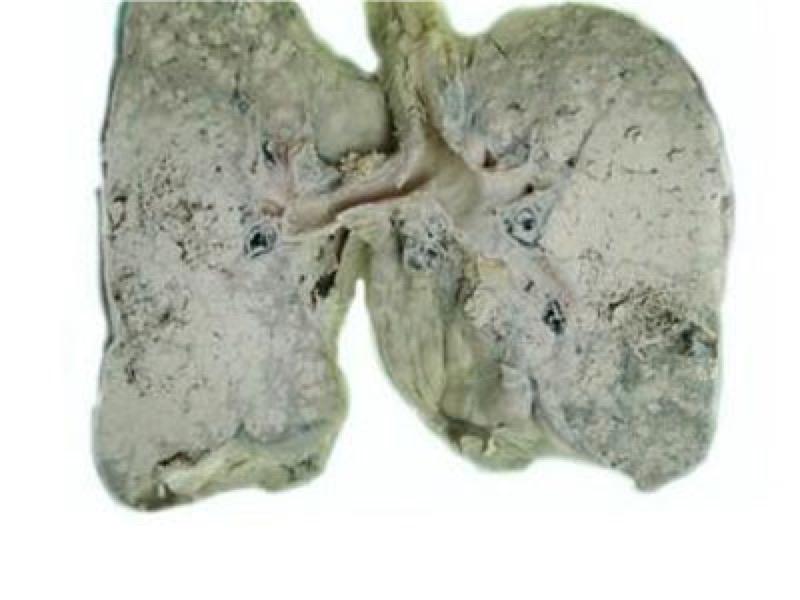Asthma, what is going on
What are the types of asthma?
According to allergens: allergic asthma, non-allergic asthma;
according to the onset period: acute asthma, asthma during remission;
According to the characteristics of the onset: typical asthma, atypical asthma (cough variant asthma, chest tightness variant asthma).
Among the chest tightness type asthma, only chest tightness will not have symptoms of cough and wheezing, and it is easy to be mistaken for heart disease, so experts recommend: if there are lung or chest related symptoms, go to the hospital respiratory department to confirm whether Asthma, if not go to the cardiovascular department to confirm whether there is a heart problem.
Asthma is very common, and the incidence is high in the South
According to the latest epidemiological survey, the incidence of asthma in China is about 1.4%-3.6%, and there are about 30 million people in the country -32 million people are ill, the incidence is relatively high in the south, and the incidence is low in the northern plateau area, less than 1%.
Severe asthma leads to lower respiratory tract and lung infections, respiratory arrest, respiratory failure, and even sudden death. In death cases, 80% can avoid tragedies by avoiding exposure to incentives and taking medication correctly.
What are the culprits of asthma?
One of the culprits: bacterial and viral infections
Repetitive airway infections caused by bacterial and viral infections can cause airway spasm , Triggering asthma.
The second culprit: occupational allergies
Some self-speaking: Hosts, teachers and other occupations need to speak often, organ movements cause internal changes, often speak loudly or laugh easily Cough and asthma.
External environmental impact: Environmental factors cause infections, such as furniture factories are flooded with wood dust, paint, odor and other adverse environments.
The third culprit: air pollution, dust allergy
allergens are everywhere, both indoors and outdoors. Common allergens: mites, food, mold, mugwort, birch pollen, ragweed, animals, insects, etc.
In home life, allergens are more common: bed hair, curtains, kitchen fume, pet hair such as cat hair and dog hair, dander, saliva, etc. are all risk factors.
The fourth culprit: allergic airway inflammation, easy to activate asthma
When there is airway inflammation, the allergen is inhaled into the body and captured by immune cells to produce IgE antibodies, antibodies and allergies The original combination stimulates the cells to produce cell activity, produces more immune media, and produces inflammatory reactions, such as runny nose, sneezing, coughing, and spasms. Repeated allergies and inflammation exacerbate asthma symptoms.
How to avoid allergens?
Clothing: wear clothes with a smooth surface
If you are allergic to dust mites, you should avoid wearing too much hairy clothes. Cotton and smooth surfaces are preferred.
Dollar dolls at home should be cleaned frequently, soak in water above 60 degrees for more than 10 minutes. The mites will die after washing and drying. Experts suggest that parents can wrap the doll with plastic film to reduce the growth of dust mites.
Food: Don’t eat allergenic foods
After finding out which foods you are allergic to, such as milk, peanuts, medicines, etc., you need to avoid these foods every day to prevent allergies.
Living: Pay attention to the cleanliness of the home environment
Dust mites live on dander. The home environment should be cleaned regularly, and the bed pillows should be changed regularly, without leaving a hotbed for dust mites.
OK: go out and wear a mask, go home and wash your nose
who is allergic to pollen, go out and wear a mask in spring and autumn, wash your hands and your nose after you go home, and clean out the dirty things in your nasal cavity.
Related Articles

- Early Signs of Bladder Cancer
- What are the early symptoms of bladder cancer?
- 2020-12-17

- How to prevent depression
- How to prevent depression?
- 2020-12-17

- Early symptoms of lung cancer
- 2020-12-17

- Symptoms of depression
- What are the symptoms of depression?
- 2020-12-17

- Drinking water can prevent heat stroke
- Actually, the hot weather is not the direct cause of heat stroke. Heat stroke is mostly caused by sweating caused by heat. Under the high temperature in summer, the body sweats tens of tim
- 2020-08-03

- Office workers should beware of cervical spondylosis
- Cervical spondylopathy is mainly caused by degeneration of cervical intervertebral disc and hyperostosis of cervical spine, with neck and shoulder pain, numbness of upper extremities and d
- 2020-08-03
